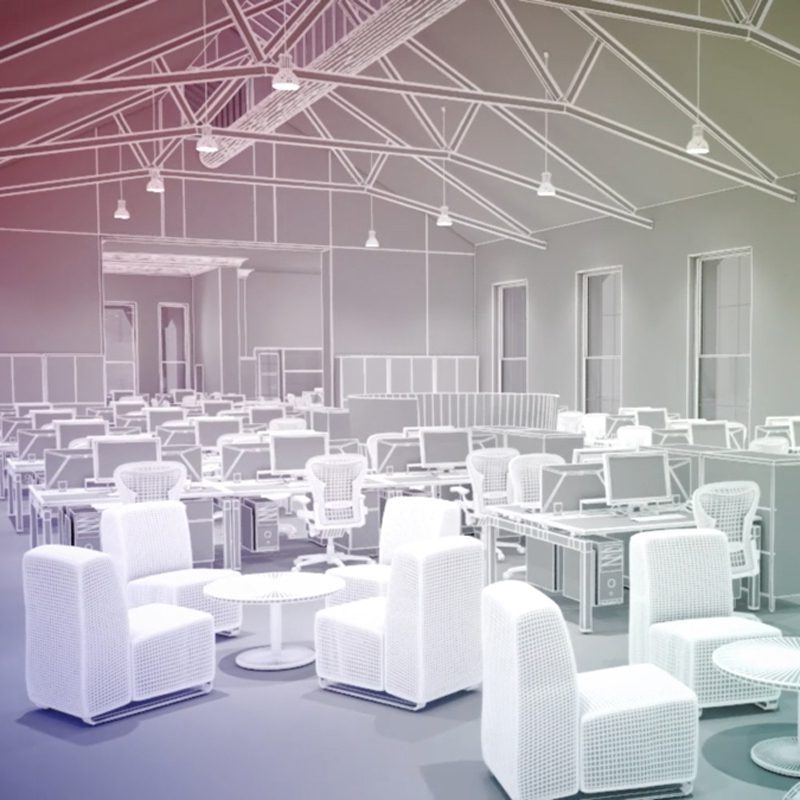Andrea Marston, Market Development Manager at AGC Glass UK, reflects on past developments and the future of glass construction, AGC and the wider industry
In association with![]()
*![]()
Revolution and evolution
In 1989, a wave of unrest swept Europe’s Eastern Bloc. In former Czechoslovakia, the Velvet Revolution opened a new era of political and economic freedom. A year later, the Belgian glassmaker Glaverbel (now AGC Glass Europe) became the first western industrial company to invest in the country by taking over the national flat glass producer. Today, AGC is a global glass leader with 54,000 employees and production sites in more than 30 countries.
The glass industry has developed rapidly over the last 30 years. Back in 1989, we began to see the widespread use of glazing with energy-efficient coatings. The pace of product development over the last 15 years has been incredible, with the industry investing heavily in research and development – from new products and processing machinery to the design and engineering of windows and facades.
Glaverbel CEO Luc Willame signing the agreement with Sklo Union CEO Stepan Popovic for the takeover of the state-owned glass company (ph: AGC Glass Europe)
Sustainability and specification
The demand for energy-efficient glazing, driven in part by legislation and the need to improve sustainability, has soared. At the same time, glass manufacturers have sought continuous improvements in the way glass is made in order to reduce energy and water consumption, as well as increase recycled content. The majority of AGC’s products are currently assessed by the independent Cradle to Cradle initiative, which evaluates sustainability and rates performance accordingly.
As glass products become ever more sophisticated in response to energy, acoustic, safety, security and fire safety needs, manufacturers have trained glass experts and created software tools to help specifiers choose the optimum glazing for their projects. AGC’s International Building Project experts work with project teams to develop the right glazing specification. This ranges from providing glass performance data to photo-realistic rendering of glazing, the aim being to ensure all technical and aesthetic requirements are met.
Fabricated by specialist partners using AGC OverSized glass, this 15×3.2 metre panoramic window forms part of the Grand Park Hotel in Rovinj, Croatia (ph: Jure Živkoić)
Going large
Today we are moving towards the use of ever larger OverSized glass in architectural projects. Just 10 years ago, dimensions of 6×3 metres were considered the maximum, but architecture and engineering have driven us further. Nowadays, with specialist partners, we can manufacture glazing up to 21 metres long. The Grand Park Hotel in Rovinj, Croatia, for example features a 15×3.2 metre panoramic window made from AGC OverSized glass. In commercial developments, investors and design teams are looking for the wow factor, and XXL glazing provides a way to do this.
Other possibilities include Coating on Demand, a service that provides bespoke coated glass for facades based on aesthetic and energy performance requirements. A recent example is Vista Tower in Chicago, USA. Unable to find a solution, the architect approached AGC Interpane which was able to design and fabricate mock-up samples during the meeting. The resulting bespoke coated glass types are currently being installed across the facade.
AGC’s Coating on Demand service is being employed on Chicago’s Vista Tower (rendering: AGC Glass Europe)
Getting smarter
Another trend is the development of ‘smart’ glazing that is connected to the cloud and can adapt its energy performance and appearance. Halio smart-tinting glass can transition from clear to tinted automatically, via an app, by remote control or voice command. Another example of smart glass is Glassiled Motion, which uses embedded LEDs to create animated media facades. AGC anticipates that glazing with integrated antennae will become more widely used, allowing it to link people via wi-fi, 5G and beyond in a hyper-connected world.
Falcon glass is an extra-thin alumino-silicate typically used in smart devices (ph: AGC Glass Europe)
Future gazers will also be watching cutting-edge products, such as Falcon glass – an extra thin alumino-silicate typically used in smart devices – to see how thay can be scaled-up for architectural use, and facilitate lighter weight glazed structures.
Glass is an integral part of our daily lives, from our smart phones to the windows in our homes, cars and places of work. It is a dynamic industry and we are excited for the future. AGC: your dreams, our challenges.
Contact Details
For more information please visit the AGC Glass UK website, email or call 01788 535353.
Click here to return to the AT30 homepage.












